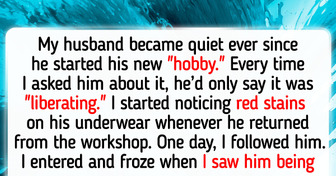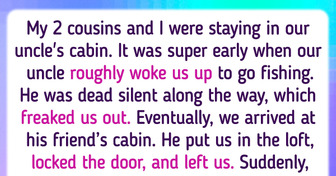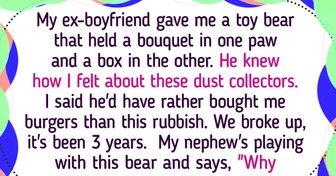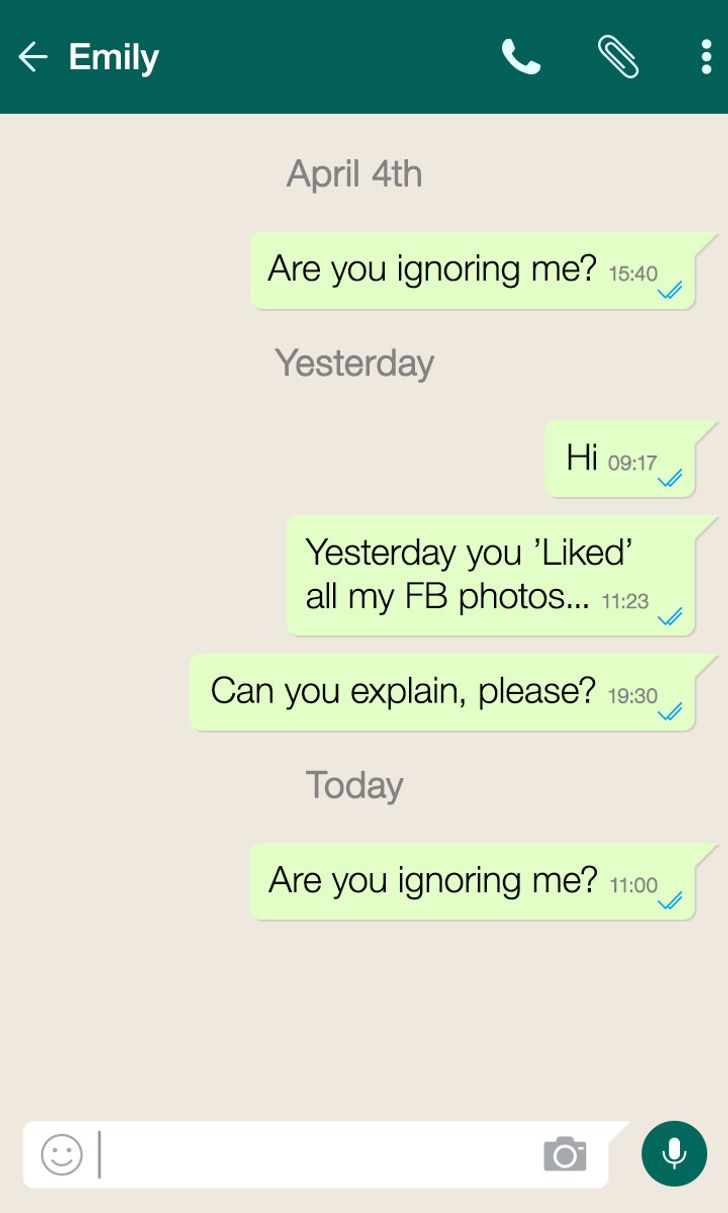sad reality??
7 Popular Dating Trends That Can Freak Out Even the Calmest Person
Not only do modern technologies give people an easy access to information but to relationships too. Communication on dating sites or in social media leaves its trace on the development of relationships, while blurred borders between virtual and reality create a bunch of issues for partners.
Bright Side tried to figure out the terminology of modern relationships and found out what someone needs to do in order to not get trapped.
1. Ghosting
Ghosting takes place when a potential partner vanishes after one or 2 dates. Psychologists are seriously worried about how widespread this activity is. The situation would be clear if your new friend declares that they don’t want to meet anymore, but it leaves the second partner puzzled and confused when they simply disappear and stop answering calls.
In this case, the incompleteness of the situation provokes a person’s need for constant self-analysis that can be long-lasting.
What to do? Specialists recommend to be practical and proceed without emotions:
- don’t create illusions that there were some obstacles that could stop the ghoster from answering your messages or calling you back;
- don’t blame yourself;
- don’t wait for the ghoster’s comeback, otherwise you could end up wasting time and extending your recovery period after this situation that can hardly be called a relationship.
2. Mosting
Mosting is a harsher type of ghosting. It’s the representatives of the beautiful half of our planet who usually become its victims, because women like to hear nice words. Not only does a potential partner disappear suddenly, but before doing it convinces a girl that she is the only one who he was meant to be together with.
Some men use mosting thinking that a woman won’t feel used after reading such nice words. In other words, they are simply trying to sweeten the pill.
What to do?
- don’t believe in oaths of love on first dates;
- make conclusions about people based on their actions, not their words.
3. Orbiting
Sometimes ghosters and mosters come back. They ’Like’ the photos of a person on social media whose life they have just vanished from without any explanation. They’ll also share their posts and leave short comments. But they still keep ignoring private messages.
This activity got the name orbiting: a person is not directly contacted but is kept at a distance so that he or she stays in sight. It makes the victim feel more confused. According to experts, in most cases, orbiters are simply enjoying their ’ego trips’ and there is no romantic context to their actions.
What to do?
- block this person on social media and messenger and add them to your blacklist.
4. Gatsbying
Gatsbying was named in honor of the main character of F. Scott Fitzgerald’s novel. According to the plot, Gatsby would arrange spectacular parties hoping that one day they would be noticed and visited by the woman he loved. And that’s what some social media users do too — they intentionally post different photos, stories, or statuses on their accounts in order to draw the attention of a particular person to themselves. The posts can be provocative, frank, or simply in the frame of interest of their potential partner.
Gatsbying is quite an unusual method of communicating. However, this particular person might simply not understand that those posts were meant for them, and there could be no response or reaction.
What to do?
- live your life and don’t put it in a holding pattern;
- if you want to take the initiative, then do it in obvious ways that give you actual results.
5. Serendipidating
The idea of serendipidating can be explained by the proverb “a bird in the hand is worth 2 in the bush” with the only difference being that a person will prefer “2 birds in the bush” thinking that there are other better options for relationships than the ones they have at the moment.
Therefore, they often keep delaying dates and prefer to limit themselves with virtual and emotionless communication, which consists of short messages and doesn’t imply future development.
What to do?
- don’t wait — don’t put off your relationships and life for later.
6. Breadcrumbing
Breadcrumbing implies the following — after a communication or a date, a person doesn’t reject the other one but appears in their life only from time to time in order to remind the other person about themselves and create the illusion of being interested. These can be messages on social media or messengers containing compliments, flirts, or hints.
In reality, this person is simply trying to keep spare options open for different life situations.
What to do?
- treat flirting as flirting and chatting as chatting — don’t try to see more unless it is supported by actions and further events.
7. Stashing
Stashing implies a relationship in which one partner hides the other one from their friends and relatives. This situation can take place even when the couple has been together for a long time.
The best option for stashing is with someone you’ve met online because, in this case, becoming a part of your partner’s real life becomes more difficult.
What to do?
- ask directly about the reasons for this behavior: it can’t be the norm in a developing relationship.
It’s not necessary to learn all this new terminology by heart in order to understand the tendencies of a modern relationship. However, understanding their principles can help you to avoid mistakes or make them less often. Additionally, you shouldn’t think that it’s only those who are ’ghosted,’ ’mosted,’ or ’stashed’ who are in a losing situation.
Psychologists think that by using these tricks for vanishing, people do a disservice to themselves too. They see other people as profiles on sites and can’t have a real relationship, thus, depriving themselves of true feelings and emotions.
Have you ever encountered any of these communication methods? Or maybe you recognize yourself in them? Please tell us about it in the comments!
Comments
Related Reads
What Your Favorite Disney Characters Would Look Like If They Were Anime

15 Pics That Prove the Right People Will Always Make You Happy

I Kicked My Stepdaughter Out — Her Behavior Was Turning Creepy

12 Stories That Prove Family Love Can Move Mountains

I Refused to Take My Pregnant Stepmother to the Hospital

15 People Who Became Victims of Life’s Ironic Surprises

15 Stories About People Whose Behavior Breaks All Possible Stereotypes

20 Bright Siders Share Stories That Prove Children Live to Tell the Truth to Anyone They Meet

12 People Whose Hobbies Defy All Expectations

10 People Share Unexplained Events That Keep Creeping Them Out

12 People Whose Life Decisions Hit Like a Train, but It Was Too Late to Reverse Them

17 Stories About Exes That Are Like Episodes of a Soap Opera







